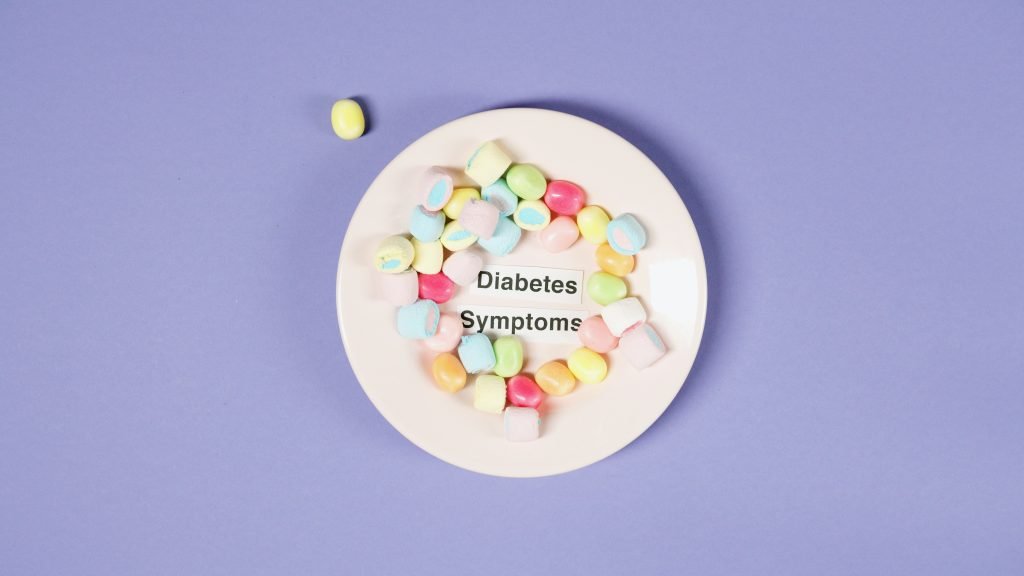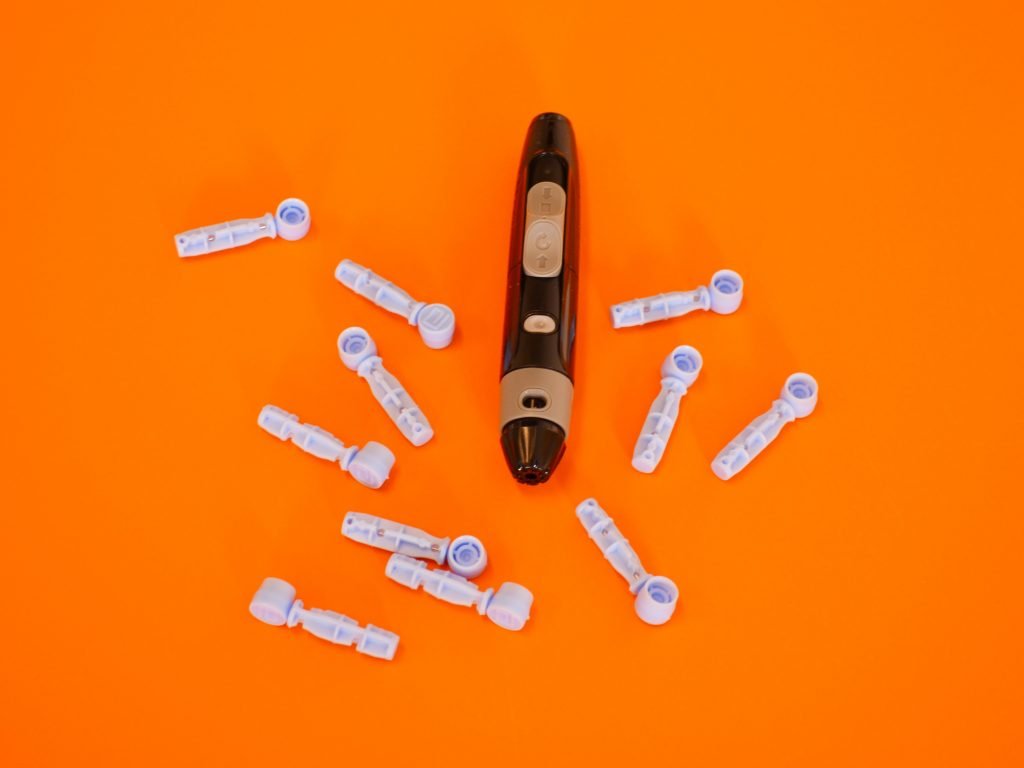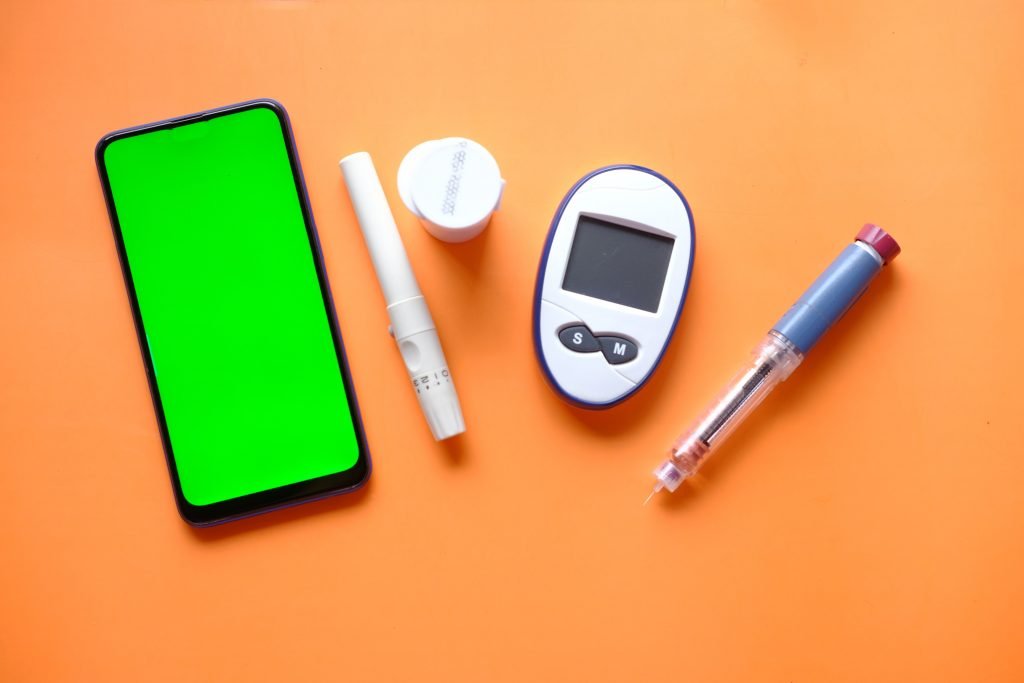
Symptoms of diabetes vary according to the amount of high blood sugar. Some people, especially those with prediabetes or type 2 diabetes, may not develop symptoms. But In type 1 diabetes, symptoms tend to appear quickly and be more severe.
The following are some early signs and symptoms that may appear in people with diabetes:
There are some symptoms and signs of high blood sugar (Hyperglycemia) that a person with diabetes can easily notice:

It is worth noting that symptoms of diabetes appear and develop slowly over several days or even weeks. Yet, some people with type 2 diabetes may not show any symptoms for a long time despite their high sugar levels. Moreover, the longer the high blood sugar level is, the more serious the symptoms resulting from it are.
What we have mentioned above are general symptoms of diabetes. Below, you will find early as well as advanced symptoms of diabetes.
Early signs and symptoms of high blood sugar in patients with diabetes include:
Advanced signs and symptoms of diabetes include:

Actually, these advanced signs may lead to the accumulation of toxic acids in the blood and urine, known as ketones, that may cause another health problem known as diabetic ketoacidosis. So if they persist, don’t hesitate to see a doctor so as to avoid such complications.
Some people may not feel any symptoms when hypoglycemia occurs, for these symptoms rarely develop until their blood glucose level drops below 60 mg/dL. If they appear, they vary from person to person, and their onset does not always coincide with low blood sugar.
As the severity of hypoglycemia signs differs from patient to patient, some people may not be able to identify these signs. In general, the symptoms associated with low blood sugar, vary between light and medium. Listed below are different types of hypoglycemia.
Unnoticed hypoglycemia is the failure to realize the early warning signs of hypoglycemia. This occurs in cases in which a person regularly suffers from a low blood sugar that makes him unaware of the developing or increasing condition when it actually occurs. Keeping it untreated may lead to more low blood sugar, thus suffering from serious complications which may kill the person.
In fact, an actual drop in blood sugar level may not be realized until its level has dropped significantly and serious symptoms appear such as seizures and coma. However, this condition is controllable and reversible.
Plus, taking care of one’s self and trying to regulate the level of blood sugar and keep it within the recommended range for a certain period of time may restore the patient’s ability to be conscious of any symptoms of hypoglycemia that might appear.
In general, unnoticed hypoglycemia is a common condition, and the probability of its occurrence increases in certain groups more than in others. Listed below are some of the most prominent of these groups.
Mild hypoglycemia is a case in which a person suffers from certain symptoms in addition to a slight sugar drop below 70 mg/dL. These symptoms quickly disappear when eating foods that contain sugar.
We should note that many cases of mild hypoglycemia may not be accompanied by symptoms, like those of diabetics who have suffered from the disease for several years.

The most prominent symptoms associated with mild hypoglycemia are:
It should be noted that parents should have a home sugar test monitor to use whenever they suspect that a given member of the family has diabetes. It may be difficult for someone to realize the symptoms of hypoglycemia, but parents ought to conduct the test immediately to make sure whether a person’s sugar level is low or not.
This type of hypoglycemia occurs when the blood sugar level drops to less than 40 mg/dL. It is always accompanied by behavioral changes. Here are some of its most frequent symptoms:
This is a condition where the blood glucose level becomes so low that the patient loses his ability to help himself. If that happens, the people around him must take immediate action to raise his blood sugar level. This occurs more in diabetics who use insulin or certain oral medications, such as Sulfonylurea. In general, severe hypoglycemia in this category of diabetes is often due to changes in diet, level of exercise, or other medications they use.
It is worth mentioning that this condition occurs more commonly in patients with type 1 diabetes because they use several injections of insulin on a daily basis. But this condition may occur in people with type 2 diabetes, specifically, those who use insulin.
Symptoms of severe hypoglycemia can include:
This type of hypoglycemia may occur at night during sleep in many people without realizing that it has occurred. But family members may notice that by seeing the symptoms in the patient.
It is worth noting that the state of nocturnal hypoglycemia is common in people with diabetes in general. But it is very common in people with type 1 diabetes, and somewhat prevalent in people with type 2 diabetes. The most prominent symptoms and signs associated with nightly hypoglycemia are:
There are certain cases of hypoglycemia that need emergency and medical assistance. Listed below are some of these cases.
In the end, we hope we have met your information needs related to diabetes. If you think that there is a gap in this article, please, don’t hesitate to mention it in the comment box below. We will be very glad to try to this gap and be a source of satisfaction for you.
Thanks for your reading.
Leave a comment